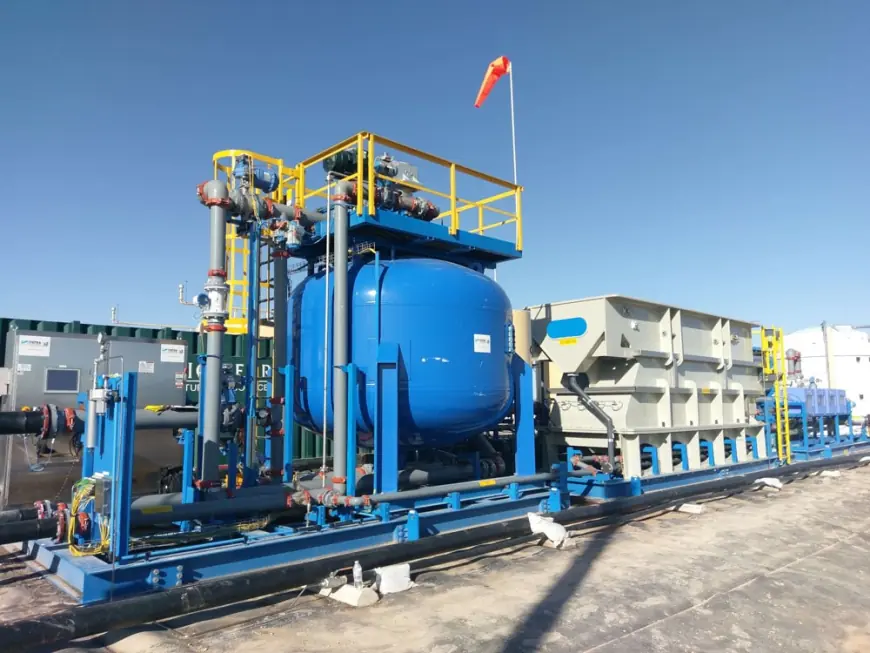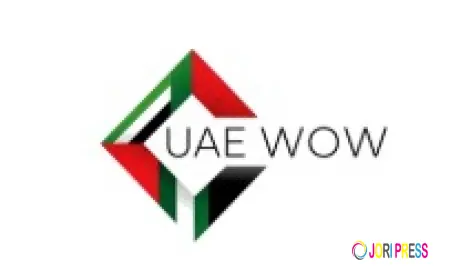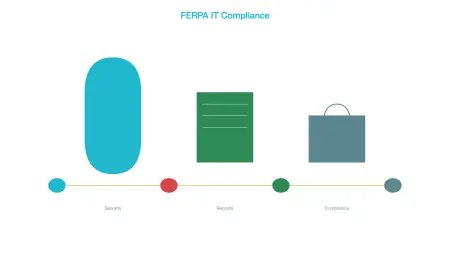Industrial Filtration Market Trends, Growth Opportunities and Forecast 2025-2033
The global industrial filtration market size reached USD 35.6 Billion in 2024. Looking forward, IMARC Group expects the market to reach USD 57.2 Billion by 2033, exhibiting a growth rate (CAGR) of 5.4% during 2025-2033.

IMARC Group’s latest report, titled “Industrial Filtration Market Report by Type (Liquid, Air), Product (Bag Filter, Cartridge Filter, Depth Filter, Filter Press, Drum Filter, Electrostatic Precipitator, ULPA (Ultra-Low Penetration Air), HEPA (High Efficiency Particulate Air), and Others), Filter Media (Filter Paper, Metal, Activated Carbon/Charcoal, Fiberglass, Non-Woven Fabric, and Others), Application (Automotive, Food and Beverage, Chemicals and Petrochemicals, Pharmaceuticals, Power Generation, Oil and Gas, Metal and Mining, and Others), and Region 2025-2033”, offers a comprehensive analysis of the industrial filtration market report. The report also includes competitor and regional analysis, along with a breakdown of segments within the industry. the global industrial filtration market size reached USD 35.6 Billion in 2024. Looking forward, IMARC Group expects the market to reach USD 57.2 Billion by 2033, exhibiting a growth rate (CAGR) of 5.4% during 2025-2033. The significant growth in the food and beverage (F&B) industry, extensive research and development (R&D) activities, and increasing utilization of industrial filtration in the healthcare industry are some of the major factors propelling the market.
Request free Sample Report (Exclusive Offer on this report): https://www.imarcgroup.com/industrial-filtration-market/requestsample
Technological Advancements and Digital Transformation in Filtration Systems:
The industrial filtration market is witnessing a transformative shift fueled by the rapid integration of advanced technologies, positioning filtration systems as central components in the optimization of modern industrial operations. Recent years have seen the uptake of Internet of Things (IoT) and artificial intelligence (AI) across filtration applications, enabling real-time monitoring, predictive maintenance, and enhanced process efficiency. IoT-enabled filtration systems continuously collect and analyze operational data—tracking filter status, pressure differentials, contaminant loads, and system performance—to deliver actionable insights for maintenance teams. This smart infrastructure eliminates unscheduled downtime, increases equipment longevity, and ensures compliance with stricter environmental regulations. AI algorithms further support operators by automating filtration performance adjustments and predicting failures before they disrupt production, ultimately reducing operating costs and boosting reliability. Industry leaders are also investing in more robust data analytics platforms and integrating these with enterprise management systems to holistically control facility-wide air and fluid quality.
In tandem, materials science advancements—such as the deployment of nanofiber media and new composite polymers—are producing filters with greater durability, enhanced chemical resistance, and higher filtration efficiency. These innovations address both micro and nano-scale particulates, and are particularly pivotal in industries demanding ultrapure production environments, including semiconductors, pharmaceuticals, and food processing. The collective impact of digital transformation and material innovation is not only elevating safety and productivity standards, but also providing a sustainable competitive edge for manufacturers and end-users in a highly regulated landscape.
Stringent Environmental Regulations and Sustainability Priorities:
Industrial filtration is experiencing robust growth, primarily driven by intensifying global regulations and heightened environmental consciousness. Governments and international regulatory agencies are imposing more rigorous standards for air emissions, water discharges, and workplace safety, compelling industries to invest in advanced filtration technologies. For instance, the enforcement of directives like the EPA’s Clean Air Act in the United States and the European Union’s Industrial Emissions Directive has catalyzed widespread upgrades to air and gas filtration systems in manufacturing, petrochemicals, and power generation sectors. Industries that fail to comply may face significant legal and financial penalties, as well as reputational risk, underscoring the imperative for state-of-the-art filtration solutions.
Furthermore, the pursuit of corporate sustainability goals is prompting enterprises to adopt eco-friendly filters made from biodegradable and recyclable materials, alongside energy-efficient filtration units designed to minimize operational footprints. The concept of the circular economy is taking root in filtration markets, driving innovation in filter regeneration and reuse, which helps control costs and reduce landfill waste. Additionally, companies are increasingly seeking certifications for green buildings and sustainable manufacturing practices, which is pushing demand for high-performance, low-emission filtration products. This symbiotic relationship between regulatory necessity and voluntary sustainability commitments continues to propel the market forward, with end-users across North America, Europe, and Asia Pacific prioritizing solutions that not only guarantee compliance but also support long-term environmental responsibility.
Customized Solutions and Regional Growth Drivers:
The next wave of industrial filtration market expansion is governed by customization and the strategic targeting of high-growth regional markets. Industries today face an array of unique operational requirements, from particle size and contaminant type to varying flow volumes and harsh processing environments. As a result, filter manufacturers are responding with tailored solutions designed around the specific application needs of end-users in oil and gas, food and beverage, power generation, and pharmaceuticals. Custom rapid-assembly filtration modules, modular skid systems, and application-specific filter media are now commonly offered, offering optimal performance and a higher degree of operational flexibility. This customization enables industries to meet regional standards and optimize costs, while significantly improving process reliability and product quality. In parallel, emerging economies in Asia Pacific—including China, India, and Southeast Asian countries—are experiencing surging demand for industrial filtration systems, fueled by rapid industrialization, urbanization, and the push for cleaner manufacturing processes. Governments in these markets are enacting policies that incentivize foreign investment and mandate pollution control, further accelerating the adoption of modern filtration technologies.
Moreover, the ability to deploy “smart” customizable filtration solutions in newly established industrial facilities has given global vendors an opportunity to secure early market share, solidifying the region as the fastest growing globally. Meanwhile, mature markets in North America and Europe continue to drive volume with upgrades and retrofits focused on compliance and sustainability. The market’s ability to deliver on customization is emerging as a primary differentiator for solution providers, laying the groundwork for sustained growth and client loyalty worldwide.
Leading key Players Operating in the Industrial Filtration Industry:
- 3M Company
- Ahlstrom-Munjskö.
- Danaher Corporation
- Donaldson Company Inc.
- Eaton Corporation plc
- EFC Filtration B.V.
- Fil-Trek Corporation
- Freudenberg Filtration Technologies GmbH & Co. KG
- Industrial Filtration Inc.
- Mann + Hummel
- Parker Hannifin Corporation
- Pentair PLC
Industrial Filtration Market Trends:
The industrial filtration market is evolving at pace, characterized by its embrace of digitalization, sustainability, and precision engineering. As industries seek to optimize their processes, the deployment of advanced filter media—including nanofibers, HEPA, and ultra-low penetration air (ULPA) technologies—is becoming standard across sectors demanding high purity and contamination control. Digital transformation is seen in the spread of IoT-integrated filtration systems, which empower operators with real-time data, predictive maintenance capabilities, and automated process controls, making filtration not just a compliance tool but an operational advantage. Meanwhile, the focus on sustainability is spurring the adoption of eco-friendly materials, circular economy practices like filter reuse and regeneration, and energy-efficient system designs that minimize emissions and waste.
Regional dynamics are driving parallel innovation: while North America and Europe lead with regulatory rigor and retrofitting to meet ambitious environmental targets, Asia Pacific is scaling rapidly with the expansion of new factories, investments in modern infrastructure, and government-supported pollution control initiatives. These converging trends are ensuring that the market remains dynamic, resilient, and poised for continued expansion, with end-users increasingly valuing solutions that balance regulatory compliance, operational excellence, and a commitment to a cleaner, safer industrial future.
Ask Analyst for Customization and Browse full report with TOC & List of Figure: https://www.imarcgroup.com/industrial-filtration-market
Key Market Segmentation:
Breakup by Type:
- Liquid
- Air
Breakup by Product:
- Bag Filter
- Cartridge Filter
- Depth Filter
- Filter Press
- Drum Filter
- Electrostatic Precipitator
- ULPA (Ultra-Low Penetration Air)
- HEPA (High Efficiency Particulate Air)
- Others
Breakup by Filter Media:
- Filter Paper
- Metal
- Activated Carbon/Charcoal
- Fiberglass
- Non-Woven Fabric
- Others
Breakup by Application:
- Automotive
- Food and Beverage
- Chemicals and Petrochemicals
- Pharmaceuticals
- Power Generation
- Oil and Gas
- Metal and Mining
- Others
Breakup by Region:
- North America (United States, Canada)
- Europe (Germany, France, United Kingdom, Italy, Spain, Others)
- Asia Pacific (China, Japan, India, Australia, Indonesia, Korea, Others)
- Latin America (Brazil, Mexico, Others)
- Middle East and Africa (United Arab Emirates, Saudi Arabia, Qatar, Iraq, Other)
Key Highlights of the Report:
- Market Performance (2019-2024)
- Market Outlook (2025-2033)
- Porter’s Five Forces Analysis
- Market Drivers and Success Factors
- SWOT Analysis
- Value Chain
- Comprehensive Mapping of the Competitive Landscape
About Us:
IMARC Group is a leading market research company that offers management strategy and market research worldwide. We partner with clients in all sectors and regions to identify their highest-value opportunities, address their most critical challenges, and transform their businesses.
IMARC Group’s information products include major market, scientific, economic and technological developments for business leaders in pharmaceutical, industrial, and high technology organizations. Market forecasts and industry analysis for biotechnology, advanced materials, pharmaceuticals, food and beverage, travel and tourism, nanotechnology and novel processing methods are at the top of the company’s expertise.
Contact Us:
IMARC Group
134 N 4th St. Brooklyn, NY 11249, USA
Email: [email protected]
Tel No:(D) +91 120 433 0800
United States: +1-631-791-1145
What's Your Reaction?
 Like
0
Like
0
 Dislike
0
Dislike
0
 Love
0
Love
0
 Funny
0
Funny
0
 Angry
0
Angry
0
 Sad
0
Sad
0
 Wow
0
Wow
0




















































